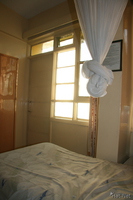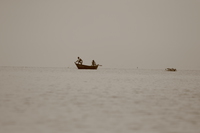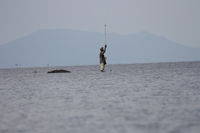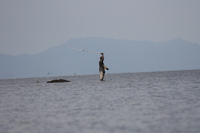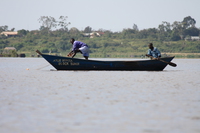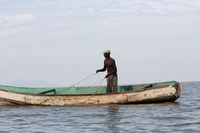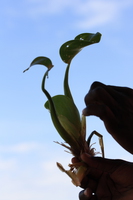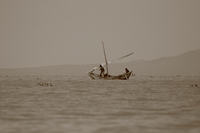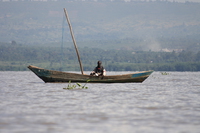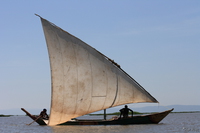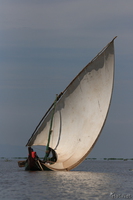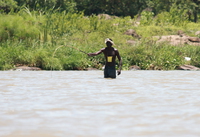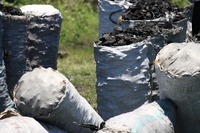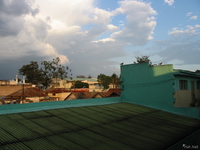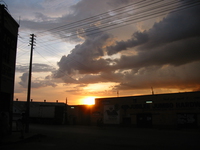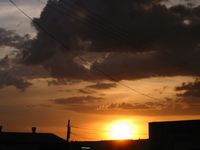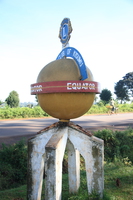kisumu
Lake Victoria is 68,800 square kilometres (26,560 mi�) in size, making it the continent's largest lake, the largest tropical lake in the world, and the second largest fresh water lake in the world in terms of surface area (third largest if one considers Lake Michigan-Huron as a single lake). Being relatively shallow for its size, with a maximum depth of 84 m (276 ft) and a mean depth of 40 m (131 ft), Lake Victoria ranks as the seventh largest freshwater lake by volume, containing 2,750 cubic kilometres (2.2 million acre-feet) of water. It is the source of the longest branch of the Nile River, the White Nile, and has a water catchment area of 184,000 square kilometres (71,040 mi�). It is a biological hotspot with great biodiversity. The lake lies within an elevated plateau in the western part of Africa's Great Rift Valley and is subject to territorial administration by Tanzania, Uganda and Kenya. The lake has a shoreline of 3,440 km (2138 miles), and has more than 3,000 islands, many of which are inhabited. These include the Ssese Islands in Uganda, a large group of islands in the northwest of the Lake that are becoming a popular destination for tourists.
Lake Victoria is relatively young; its current basin formed only 400,000 years ago, when westward-flowing rivers were dammed by an upthrown crustal block. The lake's shallowness, limited river inflow, and large surface area relative to its volume make it vulnerable to climate changes; cores taken from its bottom show that Lake Victoria has dried up completely three times since it formed. These drying cycles are probably related to past ice ages, which are times when precipitation declined globally. The lake last dried out 17,300 years ago, and filled again beginning 14,700 years ago; the fantastic adaptive radiation of its native cichlids has taken place in the short period of time since then.
someone throw the plant from Uganda they are taking over the lake but their flowers were gone and they are dying slowly
The seven species of water hyacinths comprise the genus Eichhornia of free-floating perennial aquatic plants native to tropical South America. With broad, thick and glossy ovate leaves, water hyacinths may rise some 1 metre in height. The leaves are 10-20 cm across, supported above the water surface by long, spongy and bulbous stalks. The feathery, freely hanging roots are purplish black. An erect stalk supports a single spike of 8-15 conspicuously attractive flowers, mostly lavender to pinkish in colour with six petals. When not in bloom, water hyacinth may be mistaken for frog's-bit (Limnobium spongia).
One of the fastest growing plants known, water hyacinth reproduces primarily by way of runners or stolons, eventually forming daughter plants. They may also reproduce via seeds. The common water hyacinth (Eichhornia crassipes) is a vigorous grower known to double its population in two weeks.

